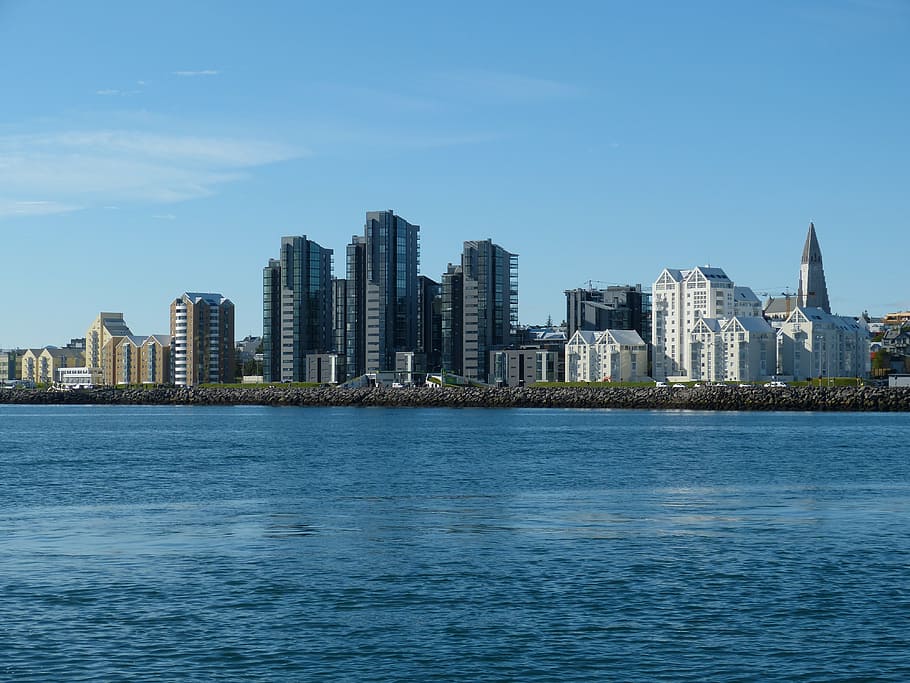Why Laughter is Key in Social Drinking Scenes
페이지 정보
작성자 Mathias 댓글 0건 조회 3회 작성일 25-09-12 01:41필드값 출력
본문

Laughter serves as a universal cue of comfort. In a social drinking setting, it becomes a powerful force that shapes the whole experience. When people share a drink, they already have a common ground: a relaxed environment, a shared activity, and often a bit of alcohol that lowers defenses. Adding laughter to the mix turns a simple gathering into a memorable, cohesive event. Below we explain why laughter is essential in social drinking settings.
1. The Genuine Icebreaker
When you walk into a bar or a backyard party, the first thing you notice is the noise level. Talks, tunes, clinking glasses—all vie for attention. A genuine laugh cuts through that noise instantly. It shows everyone you’re approachable and eager to connect. In a room full of strangers, a shared giggle can break the initial awkwardness and open the door for deeper interaction. That single moment of mirth conveys "I’m approachable, let’s chat.".
2. Lowering Barriers and Building Trust
Drinks reduce inhibitions, yet not all use them to connect. Yet laughter serves as a natural bridge building safety. When a joke or story triggers a laugh, it encourages others to lower their defenses. Trust grows because laughter shows authenticity—people are not just pretending to be cool; they’re genuinely enjoying the moment. Such trust underpins all social bonds, particularly where participants are strangers.
3. Elevating the Alcohol Experience
Psychologically, laughter triggers the release of endorphins, the body’s natural feel‑good chemicals. It boosts mood and can even make the taste of your drink feel more pleasant. When you’re laughing with friends, the social context amplifies the sensory experience of the beverage. The flavor isn’t just about the alcohol; it’s also about the stories, jokes, and shared memories that accompany it. That combination makes the same drink taste different, more enjoyable, and more memorable.
4. Strengthening Group Identity
Group identity is forged through shared narratives and inside jokes. Laughter acts as the adhesive binding those narratives. When all in the circle laugh at the same joke, a sense of belonging emerges. Within social drinking, this belonging translates into camaraderie extending past the event. People leave with a shared memory that they can recall later, reinforcing their connection to the group. With time, these bonds can evolve a casual party into a regular social hub.
5. Fostering Positive Emotions
Negative emotions—stress, anxiety, frustration—can quickly ruin a social outing. Laughter is a natural antidote. It changes the emotional tone from tension to lightness. Even if the night has hiccups—like a spilled drink or 大阪 街コン a mispronounced name—laughing it off keeps the atmosphere upbeat. This resilience becomes especially important where folks may feel judged or uneasy about their consumption. A playful spirit cushions the experience and keeps all involved engaged.
6. Timing’s Power
Timing is crucial in comedy, and the same rule applies to social drinking. A perfectly timed joke can transform a casual chat into the evening’s highlight. When laughter occurs almost simultaneously, it aligns body language and emotions across the group. Such synchronization heightens empathy and renders the event more cohesive. Even if the joke lands poorly, the attempt signals vulnerability, frequently encouraging others to open up.
7. Cultural and Social Cues
In numerous cultures, laughter while drinking signals hospitality and friendliness. It signals "you’re welcome" and "we’re all in this together.". In different settings—such as a quiet wine tasting—laughter can be subdued, but it still signals enjoyment. The skill of interpreting and responding to these cues underpins social drinking scenes. When participants laugh appropriately, they send a signal that they respect the setting and are comfortable with the group dynamic.
8. Crafting Lasting Memories
Memory is largely shaped by emotion. A night where laughter flowed freely tends to be remembered vividly, unlike a quiet, sober evening. Those memories become part of the narrative you tell about your life. In recounting a party tale, the laughter you shared becomes a thread that stitches the narrative together. This explains why people often revisit venues or repeat drinks, chasing the same joyful experience.
9. Fostering Mindful Drinking
Contrary to expectations, laughter can also foster responsible habits. When you’re laughing and having fun, you’re less likely to overindulge in a way that feels out of control. The conversation moves from "how much can I drink?" to "how can I enjoy this moment?". Laughing keeps the dialogue light and sets natural limits. Individuals begin drinking at a tempo that syncs with laughter, fostering mindful consumption.
10. A Practical Tip
When planning a social gathering, think about adding a small element that sparks laughter. It may involve a funny photo slideshow, a themed costume, or a short comedy act. Even a basic joke or a playful toast can ignite laughter. The point isn’t to be a stand‑up comedian but to create an environment where everyone feels comfortable sharing a smile.
In summary, laughter is more than just a reaction to humor.
In brief, laughter is more than just a reaction to humor. It serves as the connective tissue that transforms a social drinking scene from isolated moments into a shared, memorable experience. By reducing barriers, amplifying emotional and sensory aspects of drinking, and encouraging belonging, laughter becomes the secret ingredient that makes social drinks truly enjoyable. So next time you raise a glass, remember that a hearty laugh is just as vital as the drink itself.
- 이전글Spot Authentic Relationships within Networking Drinks 25.09.12
- 다음글Smart Kiosks Fight Audience Drop 25.09.12




